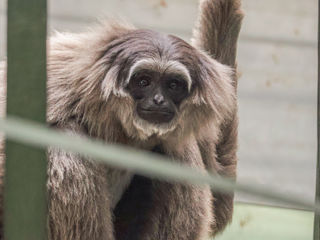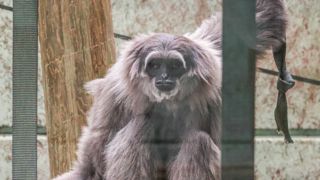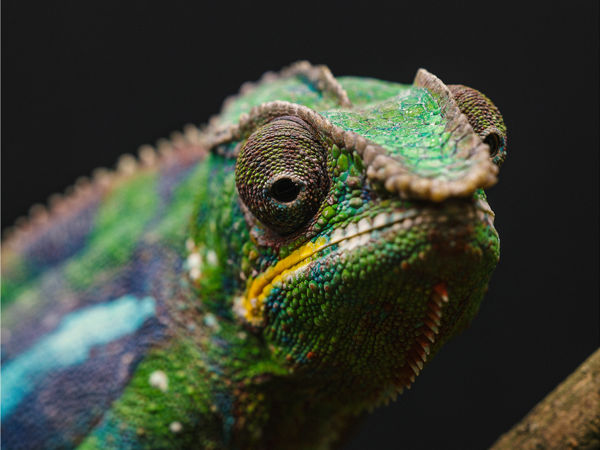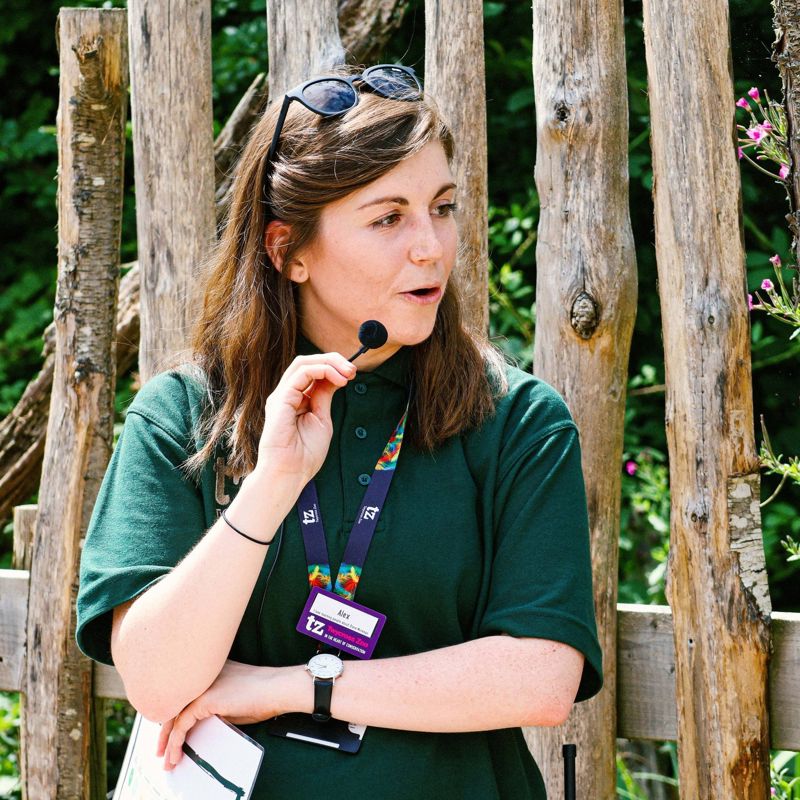Silvery Gibbon
Key Facts:
Scientific name: Hylobates moloch
Range: Endemic (native) to Western and Central Java, Indonesia
Habitat: Sub-tropical and tropical forest
Diet: Fruit, leaves, nectar
Average size: 23.43 inches (females), 26.60 inches (males)
Life span: 35 years in the wild, up to 50 years in captivity.
Silvery gibbons are small apes from western and central Java. Small apes are different from monkeys in a number of ways. They are tailless and more intelligent due to their larger brain compared to the size of their body.

Gibbons are natural singers, using species-specific songs that communicate their territorial boundaries and attract mates. Most species of gibbon sing in duets within their male-female pairs. However, silvery gibbons are unique in that the females are solo performers, accompanied very rarely by their male partner. From a conservation perspective, this makes groups of silvery gibbons identifiable from the ground - a useful tool when counting the individuals within wild population.
Silvery gibbons don’t stop foraging during the heat of the day; instead, they will migrate to lower, cooler layers of the forest to continue, with up to 51% of their time spent searching for and consuming food
As frugivores and folivores (eating 61% fruit and 38% leaves respectively), silvery gibbons eat a wide variety of plants. As a result of their diet, silvery gibbons are like gardeners, dispersing (spreading) seeds in their poo and keeping their forested habitat healthy and flourishing. To a small degree, they are also nectivores (nectar makes up a portion of their diets), and as they move across the forest drinking nectar from different flowers, they also spread pollen which fertilises the flowers and allows seeds to develop

Although silvery gibbons have their distinctive grey appearance, as newborns, babies are born without fur, revealing their light pink skin. After two weeks, their fur grows in, allowing babies to blend in with their mothers as an effective camouflage against potential predators during their vulnerable first year of life. Finally, after three to six months, their pink skin becomes black
Gibbons’ arms are about one and half times longer than their legs, both ending in hands and feet with five fingers, including opposable (independently moving) thumbs and big toes! For this reason, they are excellent swingers and can even pick things like food up with their feet. When gibbons swing from branch to branch, this is called brachiation
Gibbons are very tactile animals, and will hug for reassurance, communicating information to one another through pokes, taps, pushes and gentle bites. Contrastingly, gibbons will show frustration by head shaking, exposing their canines and the palate of their mouth and even by grinning to one another
Silvery gibbons are Endangered according to the IUCN Red List, meaning they are at significant risk of extinction. This is due to:
Deforestation and habitat fragmentation: Silvery gibbon habitats span over 29 fragmented areas across the Indonesian island of Java. It’s estimated that 98% of their natural habitat has been destroyed and replaced with agricultural developments and this significantly contributes to their fragmentation and ultimately their declining population. This is because when a species is so heavily separated, their ability to create healthy populations from smaller, more secluded groups is hindered.
Hunting and the illegal wildlife trade: Silvery gibbons are hunted for their meat, with a significant proportion of hunted animals also supplied to the illegal pet trade. When these small apes are removed from the wild, this decreases opportunities for reproduction for individuals remaining in their natural habitats
-
![362277039 664600909026309 8369226469419348221 N]()
What we're doing...
EEP: Silvery gibbons are part of an EEP (EAZA Ex-situ Programme) for population management. The aims of an EEP are to maintain healthy populations of selected species whilst fulfilling the conservation requirements of that species.
Conservation Partner: Twycross Zoo are continually supporting our many conservation partners, including Fauna & Flora – an organisation helping to maintain and regenerate Southeast Asian rainforests whilst closely monitoring populations of gibbons within the area. Fauna & Flora have successfully identified a species of gibbon previously thought to be extinct and are conserving them in-situ (in their natural habitat) with our support, alongside a variety of other species of gibbon within the area.
-
![Twycross Zoo Silvery Gibbon Arrivals 3]()
How you can help?
When buying paper or wood, look out for the Forest Stewardship Council (FSC) logo. This provides consumers with the peace of mind that the company being purchased from has pledged not to be involved in the following: illegal logging, the conversion of high-value conservation areas to create plantations or the provision of unsuitable working conditions for their employees. In supporting FSC products, people can vote with their wallet for the standards that they expect to be met for both people and planet!



